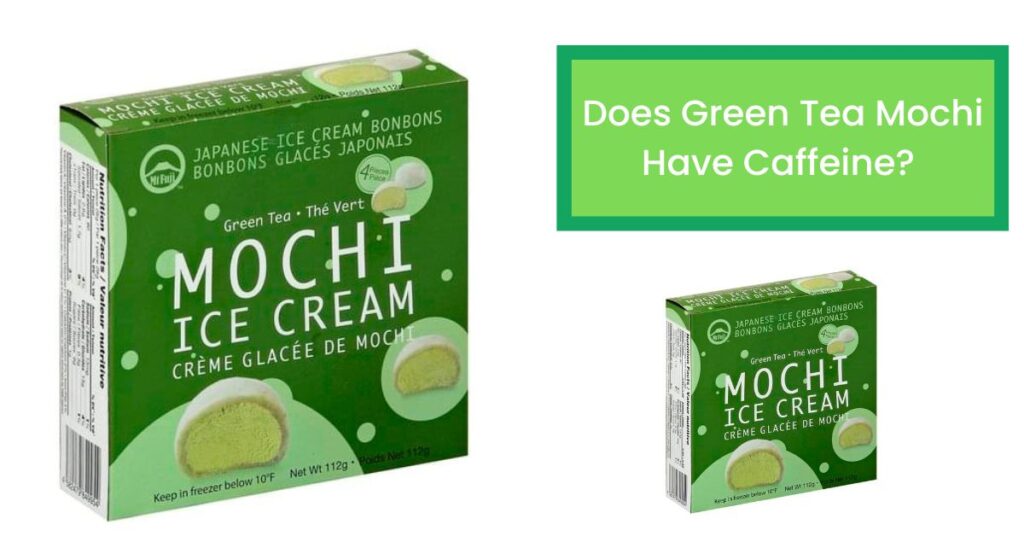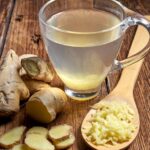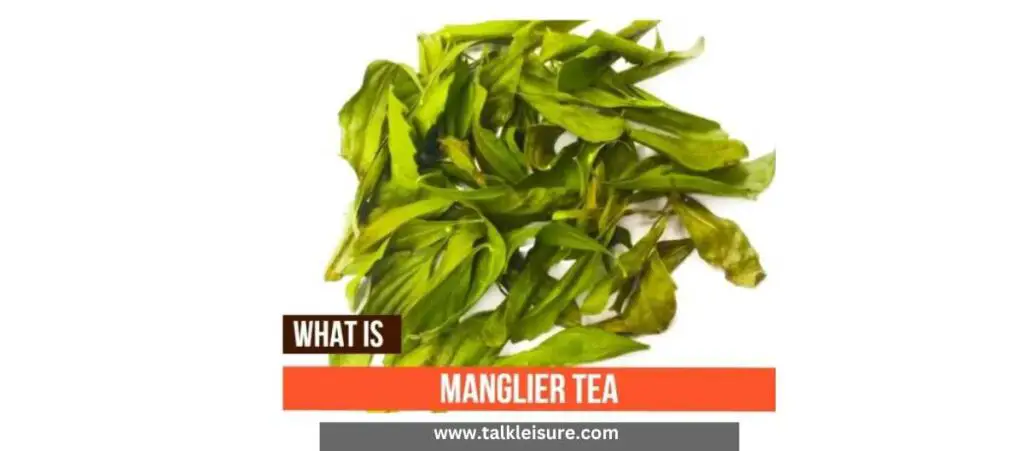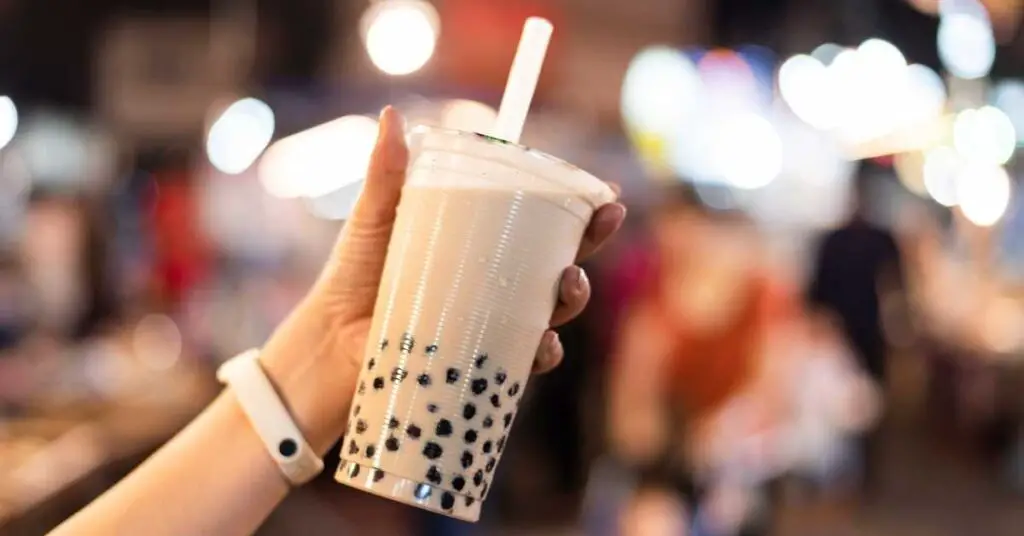Green Tea Mochi is a delicious treat that can be enjoyed any time of day.
It has a chewy, jelly-like texture and is typically served with sweet syrup or red bean paste.
Most people wonder whether Green Tea Mochi contains caffeine. The truth is that Green Tea Mochi contains very little amount of caffeine since it is a type of green tea.
In this article, we will discuss the caffeine content in Green Tea Mochi and whether it is safe to consume for those who are sensitive to caffeine.
What is Caffeine?
Caffeine is a stimulant that occurs naturally in coffee, tea, and cocoa beans. It is also added to many soft, energy, and over-the-counter medications. Caffeine can have both positive and negative effects on your health.
At moderate doses (200-300 mg), caffeine can improve mental alertness and physical performance. However, too much caffeine can cause side effects such as anxiety, restlessness, and insomnia. Caffeine can also be addictive, and withdrawal symptoms may occur if you suddenly stop using it.
If you are pregnant or breastfeeding, it is important to limit your caffeine intake to avoid potential risks to your baby. Caffeine is also not recommended for children and adolescents.
If you are considering adding caffeine to your diet, it is important to speak with your healthcare provider first to discuss the potential risks and benefits.
What is Green Tea Mochi?
Green tea mochi is a type of mochi (rice cake) that is flavoured with green tea. It is often served as a dessert or snack and can be found in many Asian supermarkets.
Green tea mochi is made by steaming rice flour and sugar and then adding green tea powder to the mixture. The dough is then formed into small balls and coated with a layer of cornstarch. The mochi is then cooked until it is chewy and tender.
Green tea mochi has a sweet yet slightly grassy flavour from the green tea powder. The rice flour gives the mochi a chewy texture, while the coating of cornstarch keeps the mochi from sticking to your teeth. If you’re looking for a unique and tasty snack, give green tea mochi a try!
The Benefits of Drinking Green Tea Mochi
Green tea mochi is a popular snack in Japan and is often enjoyed with friends or family.
Green tea mochi is a healthy snack option because it is low in calories and fat. It is also a good source of fibre and antioxidants. Green tea mochi can help you stay hydrated and full, making it an ideal snack for people who are trying to lose weight or maintain a healthy weight.
In addition to its health benefits, green tea mochi is also a delicious treat. The rice cake is chewy and sweet, with a subtle green tea flavour. It is a perfect snack for people who are looking for something sweet but not too sweet.
If you are looking for a healthy and delicious snack, green tea mochi is a great option. It is a healthy way to enjoy the benefits of green tea, and it is a delicious treat that everyone will enjoy.
Recipes That Use Green Tea Mochi
Green tea mochi has a chewy and slightly sticky texture and is often flavoured with matcha (green tea) or kinako (roasted soybean flour). Green tea mochi can be enjoyed on its own as a snack or used as an ingredient in various recipes.
Here are some recipes that use green tea mochi:
Green Tea Mochi Cake: This cake is made with a green tea mochi base and is often topped with kinako or matcha powder.
Green Tea Mochi Ice Cream: This is a popular flavour of ice cream in Japan and is made by wrapping green tea mochi around a scoop of ice cream.
Green Tea Mochi bread: This bread is made with a green tea mochi base and is often flavoured with matcha or kinako powder.
Green Tea Mochi pancakes: These pancakes are made with a green tea mochi base and are often served with sweet syrup or sauce.
Green Tea Mochi Sushi: This is a popular type of sushi in Japan and is made by wrapping green tea mochi around a piece of sushi rice.
The Best Time of The Day to Consume Green Tea Mochi
Ideally, green tea mochi should be eaten in the afternoon or evening. This is because matcha powder can contain caffeine, which can cause insomnia if consumed before bedtime. However, everyone’s tolerance to caffeine is different, so it is best to experiment to see what works best for you.
In general, green tea mochi is a healthy and delicious treat that can be enjoyed at any time of day. So go ahead and indulge in this tasty treat whenever the mood strikes!
Are There Any Side Effects of Consuming Too Much Green Tea Mochi?
While Green tea mochi is generally safe to eat, consuming too much green tea mochi can lead to some side effects.
The most common side effect is indigestion. Green tea mochi is very high in fibre, which can cause bloating, gas, and diarrhea if consumed in large quantities. It is also very sweet, which can lead to tooth decay.
Green tea mochi also contains little amount of caffeine. While caffeine is generally safe in moderation, consuming too much can cause jitters, anxiety, and insomnia.
If you experience any negative side effects after eating green tea mochi, it is best to stop consuming it and consult a doctor.
Frequently Asked Questions Related to Caffeine in Peach Citrus White Tea
Does green tea mochi have caffeine?
Yes, green tea mochi does contain caffeine since it is made from green tea. The amount of caffeine varies depending on the specific brand and the amount of green tea used in the mochi ice cream.
What is green tea mochi ice cream?
Green tea mochi ice cream is a Japanese dessert made of creamy green tea ice cream wrapped in sweet mochi dough.
Is green tea mochi high in sugar and fat?
Green tea mochi ice cream contains sugar and fat, as it is a sweet dessert. The exact amount of sugar and fat may vary depending on the brand and serving size.
What are the main ingredients in green tea mochi ice cream?
The main ingredients in green tea mochi ice cream include green tea, milk, sugar, rice dough, and traditional Japanese ingredients used to make mochi dough, such as glutinous rice and guar gum.
Can I personalize the flavor of green tea mochi?
Some brands offer a variety of flavors in addition to green tea, allowing consumers to discover different options such as mango, strawberry, and chocolate. However, the availability of flavors may differ by brand and store.












